$59.00
AWAY FROM FREE SHIPPINGNICE. SHIPPING IS ON US!
$120.00
AWAY FROM FREE GIFTCHOOSE A FREE GIFT DURING CHECKOUT!
YOUR CART IS EMPTY. SHOP NOW.
Microchipping is a simple and effective way to keep your cat safe. It provides a permanent form of identification that cannot be lost, removed, or altered, unlike a collar or ID tag, which can easily fall off or be removed. Microchipping also increases the chances of your cat being reunited with you if they become lost. According to a study conducted by the American Veterinary Medical Association, cats who are microchipped are more than twice as likely to be returned to their owners than cats who are not microchipped. Here is everything you need to know about microchipping your cat.
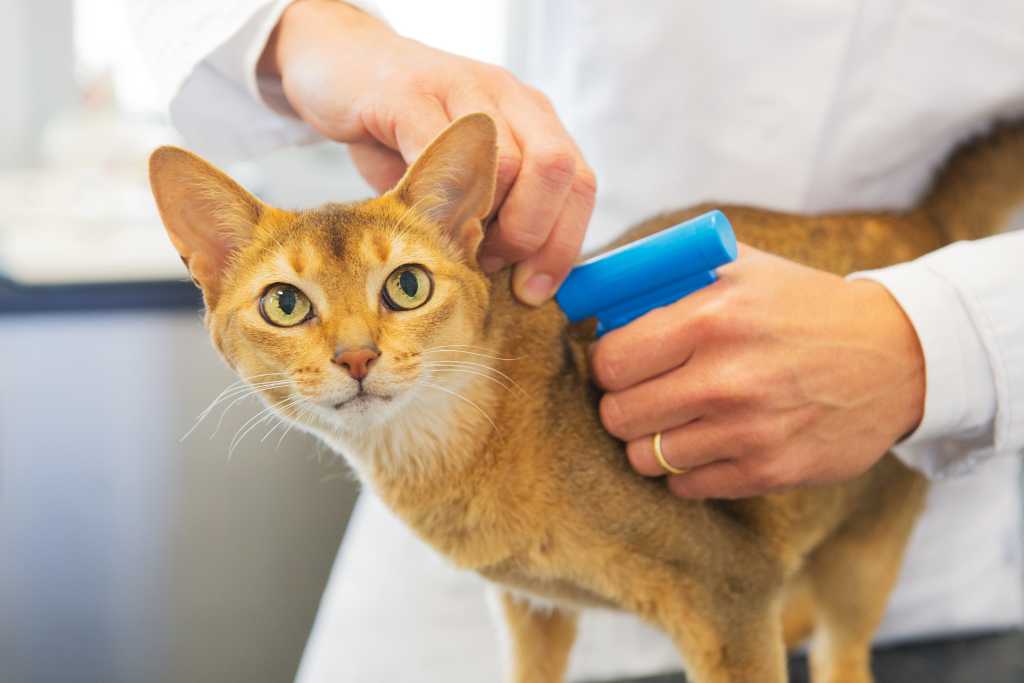
A microchip is a tiny, rice-sized electronic device that is injected under the skin between a cat's shoulder blades. It contains a unique identification number that can be read by an RFID scanner at veterinary clinics, animal shelters, and animal control agencies. This unique identification number must be registered with AVS (Animal & Veterinary Service) with the owner’s particulars. This allows veterinarians, animal shelters, and animal control agencies to quickly identify lost pets and reunite them with their owners.
The microchip is implanted through a quick and simple injection, similar to a routine vaccination. It can be done during a regular vet visit, and the process is relatively painless for the cat. However, every cat is different and your pet’s reaction towards the procedure is highly dependent on their tolerance towards pain. Some anxious cats may require a mild sedation before the implantation.
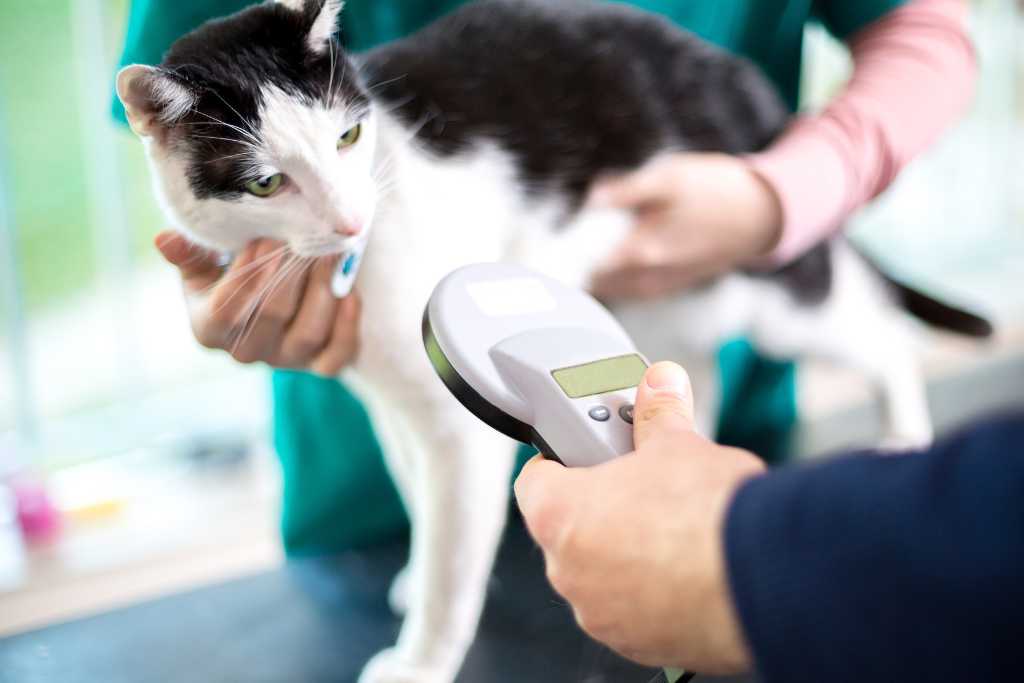
After the microchip has been implanted, it is important to ensure that you register the microchip’s identification number with your contact information in AVS’ database. This ensures that if your cat is lost and found, the microchip can be scanned at veterinary clinics, animal shelters or animal control agencies, and your contact information can be quickly and easily accessed.
Many pet owners make the mistake of not registering with AVS after the microchipping procedure. It is assumed that implanting the microchip is the same as registering your cat. These are two separate procedures. Microchipping is implanting a permanent identification “tag” on your cat. Your personal contact details are not found on the microchip. The chip contains only a unique serial number, which needs to be registered with AVS. In Singapore, the microchip database is managed by AVS and you can visit the AVS’ website for more information on microchip registration. Alternatively, you can go directly to their E-services webpage to register your cat’s microchip.
Pet owners can check and update their pet's microchip information on this AVS website. It is important to keep the microchip information up-to-date so that your pet can be easily identified and returned to you if they ever become lost.
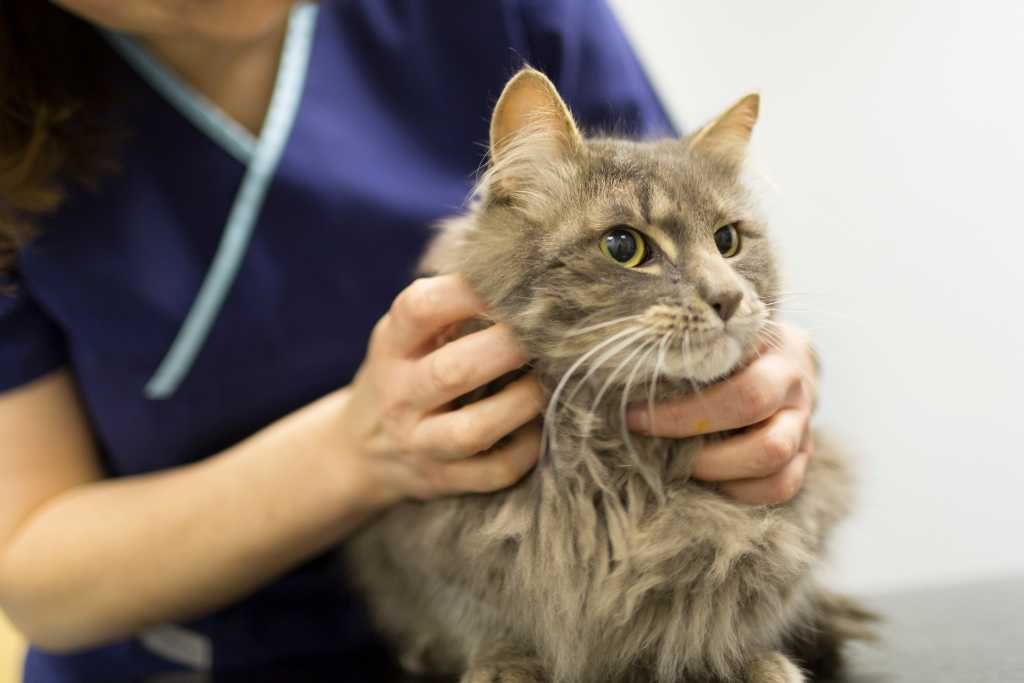
The cost of microchipping a cat varies depending on the location and the veterinarian clinic. Averagely, the cost of microchipping a cat is about $70 (between $50 to $90) and can be done at most vet clinics. Do check with the clinic before bringing your cat over.
Yes, microchipping is safe for cats. The procedure is quick and minimally invasive, and the microchip is designed to last for the life of the cat.
When a lost cat is brought to a veterinary clinic, animal shelter, or animal control agency, the staff will scan the cat for a microchip. If the cat has a microchip, the registered unique identification number can be searched against the AVS database for the owner’s contact details. This helps the finder to quickly reunite the lost cat with her owner.
No, microchips do not have GPS tracking capabilities. They only provide a unique identification number that can be used to identify a lost pet's owner. However, there are GPS tracking devices available that can be attached to a cat's collar, which can be useful in tracking a lost cat's whereabouts.
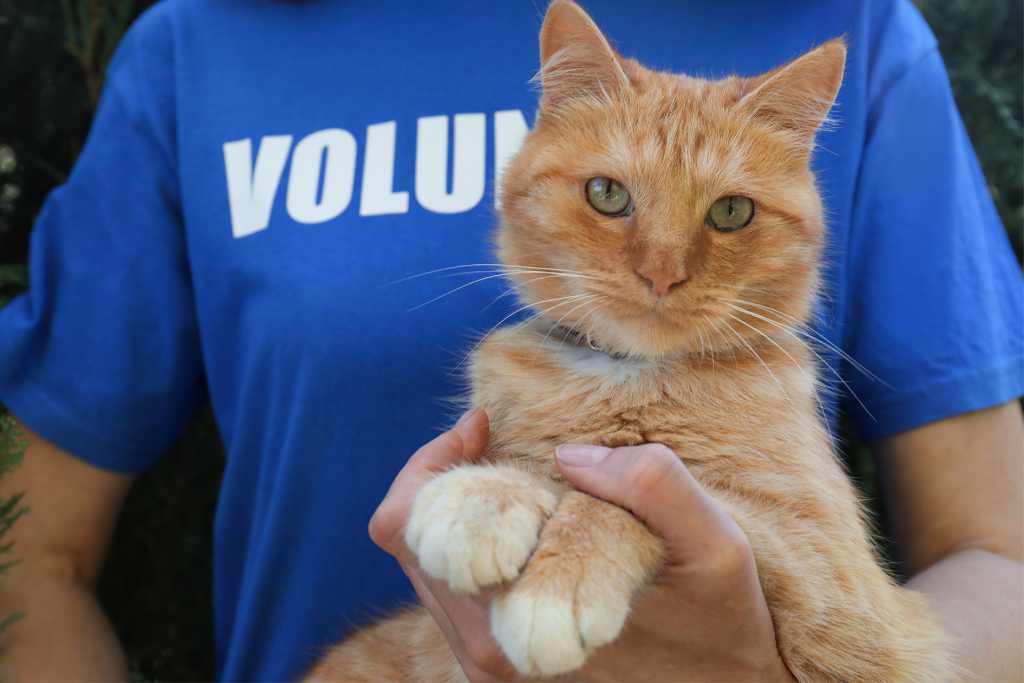
Apart from microchipping, there are several other ways to prevent your cat from getting lost or increase the chances of finding them if they do become lost.
Cat collar and ID tags
A visible collar with an identification tag that includes your name, address, and phone number is a simple and effective way to ensure that anyone who finds your cat can easily contact you. It is important to check the collar and ID tag regularly to ensure they are not lost or damaged. And always get a quick-release collar with a breakaway buckle that automatically opens if your cat gets stuck.
Cat GPS tracking devices
There are GPS tracking devices available for cats that can help you locate them if they become lost. These devices attach to the cat's collar and can be tracked using a mobile app or website.
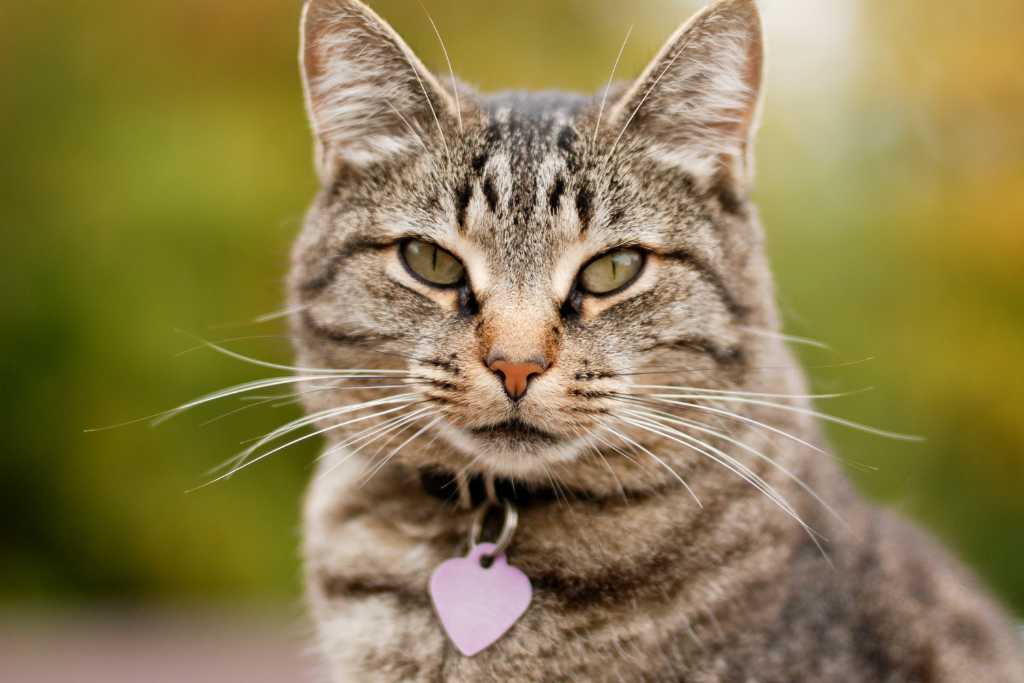
Keep your cat indoor
Keeping your cat indoors is the safest way to prevent them from getting lost. This is particularly important if you live in a high-rise building or near a busy road. Indoor cats can still enjoy a happy and fulfilling life with plenty of playtime and enrichment activities. Battery-powered toys like this Kong Glide ‘N Seek Interactive Cat Toy is an excellent way to keep your cat occupied when you’re busy! Some teaser toys like this KONG Connects Danglers Cat Toy with long, fluttering feathers and bells are also excellent self-playing toys, encouraging long lasting play when you’re not available to play.

Secure outdoor area
If you do allow your cat outside in your garden or balcony, make sure that your outdoor area is secure with high fences or netting to prevent them from wandering off or climbing over. Supervise your cat when they are outside and ensure that they cannot escape.
It is important to note that a stressed cat is more likely to try and escape. Cats tend to drift away from their home if a situation stresses or disturbs them. This can occur if there is a territorial dispute with another pet at home, or when there is a change in situation like the arrival of a baby or redesigning/moving of furniture. Create a safe space in your home where they can retreat to. Place a cardboard box, a cat condo, or a cozy cubby bed in their safe space. This will give your cat a place to escape and settle down. If they can’t find somewhere at home to hide away, they may run away in an attempt to find some peace and quiet elsewhere.

These preventive measures will help ensure that your cat is safe and secure, and minimize the risk of them becoming lost. However, it is still highly recommended to microchip your cat. Microchipping is a safe, easy, and relatively inexpensive way to ensure your cat's safety and increase the chances of being reunited with them if they ever become lost. It is one of the most effective means of keeping them safe. Collars and tags can easily get caught or removed but microchips are permanent. It is a simple procedure that can be done during a routine veterinary visit, and the peace of mind it provides is priceless.

Comments will be approved before showing up.



